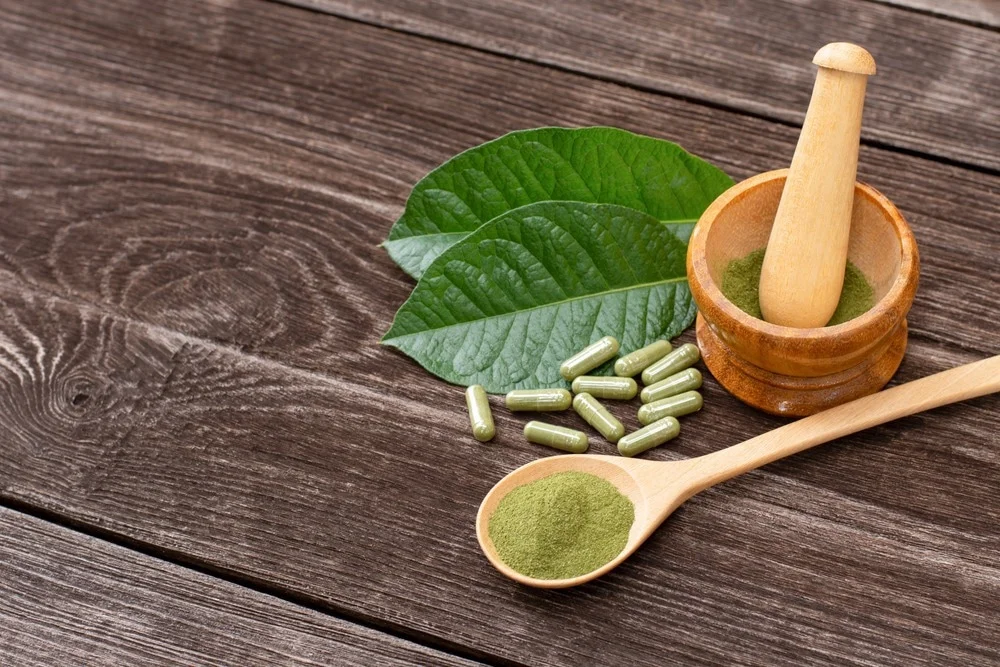Kratom powder, derived from the leaves of the Mitragyna species tree native to Southeast Asia, has gained global attention as a natural remedy for pain relief and relaxation. Used traditionally for centuries in countries like Thailand, Indonesia, and Malaysia, kratom offers a range of benefits that cater to both physical and mental well-being. As people seek alternatives to pharmaceutical painkillers and anxiolytics, kratom has become increasingly popular for its natural and effective properties. Its rising fame, however, comes with a responsibility to understand its proper use, effects, and limitations. One of the primary reasons kratom powder has captivated the wellness world is its analgesic, or pain-relieving, effects. The active compounds in kratom, mitragynine and 7-hydroxymitragynine, interact with the brain’s opioid receptors, much like traditional painkillers. However, unlike synthetic opioids, kratom offers a more natural and often less addictive alternative. This makes it particularly appealing to individuals suffering from chronic pain conditions such as arthritis, fibromyalgia, and back pain. When consumed in moderate doses, kratom can provide substantial relief without inducing the intense sedation or risk of overdose that prescription opioids may cause. Many users report feeling a reduction in their pain levels within an hour of consumption, often lasting several hours.

Beyond pain relief, kratom powder is also lauded for its ability to promote relaxation and reduce stress. In lower doses, kratom acts as a stimulant, improving mood and energy levels. However, at higher doses, it tends to have a more sedative effect, allowing users to experience deep relaxation and even improved sleep. This makes kratom an appealing option for individuals dealing with anxiety, depression, or insomnia. The calming effects can be particularly beneficial for those who suffer from high levels of stress due to work or personal life challenges. The ability to relax without the cloudiness or emotional blunting that comes from conventional sedatives is one of kratom’s distinct advantages. Additionally, kratom has found a role in supporting individuals who are battling opioid addiction. Because it interacts with the same opioid receptors, kratom can help alleviate withdrawal symptoms without the risk of a full relapse into harmful opioid use. This has made kratom a subject of interest in the realm of addiction treatment, though its use should be approached with caution and under professional supervision. The nuanced nature of its interaction with the brain’s chemistry is complex, and while it can be a helpful aid, it is not a foolproof solution for addiction recovery.
Despite its many benefits, it is crucial to approach kratom with an informed perspective. While it is a natural product, it is still potent and can lead to adverse effects if used improperly. Some users may experience side effects such as nausea, dizziness, or dependence with prolonged or excessive use. Moreover, because kratom is largely unregulated in many countries, the quality of the product can vary significantly. Ensuring that the powder is sourced from a reputable supplier is vital to both safety and effectiveness. In conclusion, white vein maeng da kratom powder stands out as a powerful natural option for those seeking pain relief and relaxation. Its analgesic, anxiolytic, and mood-enhancing properties make it a versatile tool in managing both physical and mental health challenges. However, responsible use, awareness of potential side effects, and quality control are essential for safe consumption. For those exploring alternatives to conventional medicine, kratom offers a promising pathway, though it should be treated with the same respect and caution as any potent remedy.